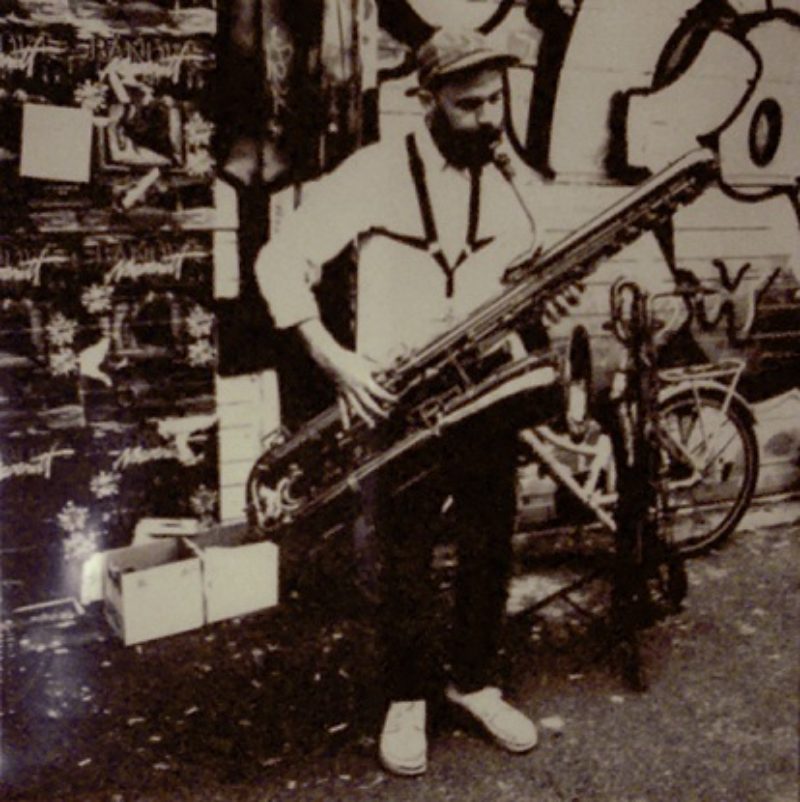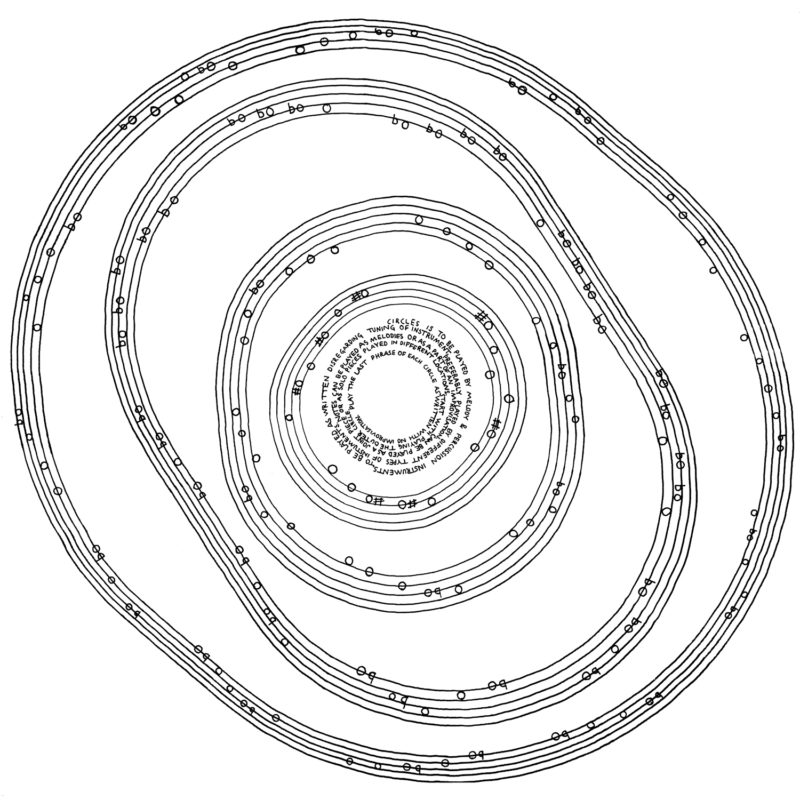Johns Lunds

Niels Latomme
How are you, John?
Johns Lunds
I’m fine, thanks!
NL
you have been making music since a long time. Tell me how you came through this radical form of minimalism? In other words: where did al started?
JL
It started with the collective yoyo oyoy. We started the collective with 4 people and went in 2004 to Berlin. We always talk about yoyo oyoy as our school, as I wasn’t educated in music. It taught us a lot of about music, about experimenting and performing, by checking out a lot of music and performance. Berlin was at that time a great place, and it was very good to be more in the centre of Europe, instead of being a remote place like Copenhagen. A lot of artists didn’t get to Denmark at that time.
And from there it started to spread out, each of us started to work more separately. Now yoyo oyoy works more as platform to publish and present our solo stuff.
I don’t know how I came to my ‘style’. When I collaborated with guitar players I got tired that I had to stop playing if I wanted to breath, while they could go on playing all the time. I tried to find a way to play the saxophone that could go on, especially in improvisation. I wanted and still want to take the instrument go somewhere else, which is not the common jazz way of playing it. Breathing is a big part of a blowing instrument and something funny happens when you take away the breathing. So technique became very important and I worked out this technique of circular breathing.
I’ve always been drawn to minimalist music, starting with Morton Feldman, and through his work I found Philip Glass. Also Meredith Monk, Robert Ashley or JD Emmanuel. Being curious brought me there. I just try to be open minded and spread it out, and finding my own style in it.
I always start with free improvised music, and I improvise my way into compositions. Live I don’t to improvise very often, I mostly play compositions.
A turning point was the invitation for writing a piece for the Archive of Henning Christiansen at Møn44. I had the chance to snooze around in his archive. I did this collage for which I started using notes from his scores. The notes didn’t have a particular link to his compositions. But I wanted to have particular notes. So it was some sort of collaboration in the sense I was inspired by looking at his scores. A concert C is a C for everyone, but it became something special to find the C in his work, in that particular bar and on that specific page.

NL
The visual aspect is pretty important for your music?
JL
We’ll there is two aspects to it. My compositions are open graphic scores, with melodies and instructions. I have always been drawn to graphic scores, and also the whole history behind the tradition, it started with some scores I got of Carl Bergstrøm Nielsen, a Danish intuitive music composer, when I was really young. I like when my compositions become a form that can be applied in different formats, with different instruments. The latest one, called 28, is the most obvious one. It was performed last year with a 28-piece brass band, but I performed also with a quintet and solo.
The covers is something different that don’t relate so much to the music, but still all ways do in some sense. I work with the Danish artist Mads Westrup. They are mostly handmade, it’s a pain in the ass doing it, because it takes a lot of time, but the process of fold them, cut them and so on, makes it very personal, that i have touched each record at least 10 times They’re letter printed, by probably the last letter printer in Denmark. I like the craftsmanship of it, I think it’s really funny to work with these kind of elements. The handicraft is important and it’s a big part of releasing a record. In that way it relates to my physical style of playing saxophone.
NL
The craftsmanship as being part of your style and artwork?
JL
I guess it’s coming from personal interest. I like to create music coming from different techniques. So I guess that’s why my music went into the circular breathing. I wanted to keep the sound as long as possible. I wanted that the sound became wilder and longer. I guess that every experiment in music is aiming for being more adventurous.
NL
Isn’t it curious that a lot of musicians tend towards using technology to make their music wilder, crazier and bigger? Like for instance Henri Chopin, who saw the tape machine as a means to free his voice of its limitations? You are doing the opposite: going back to the physical power of your body and craftsmanship to extend the limitations of music and sound.
JL
I think it is two different things. Chopin used the electronics because that was the new big thing at that time. Now electronics is used by almost everybody, so i see going back to the acoustic form is interesting for me right now The physical performance of the musician speaks more to me. When I play these long pieces, it’s also about getting exhausted. You will hear in the end of a piece, that the tone change, that my mouth is tired, air is blowing out from everywhere, that you can hear the spit and that everything is falling apart. I like it that you can hear the exhaustion, it’s part of the performance.
NL
Is it a way to connect more direct with the audience?
JL
Well, I don’t know. I just like it.
NL
Something else: you seem to be part of a very active Scandinavian scene. How is the scene?
JL
It’s really really good nowadays. There’s so much interesting stuff going on. I’m also part of Mayhem. We started that 6 years ago, because there was a big need for a platform for experimental music back then. It collected the scene, and now it is spread out again, and it’s all over Copenhagen. You’ll find experimental music in almost all venues now.
It’s interesting to see a connection between people of my age and the younger generation, who are doing a lot of good stuff. It’s good to see that all these sorts of music are connected.
NL
Is it important for you to be part of social circle?
JL
It’s super important to be a part of a group and scene. I really like to work with other people. I like to play with people with a very distinct sound. It’s about to enlarge each other through confronting two different styles, not about finding each other. I’ve never been into ping-pong playing.
At the same time I like to play solo. It’s this pure and clean way of performing, that can be more direct because everything is scraped from it, you can hear all the details that sometimes disappear in a duo or in a band.
NL
I like the idea that you think playing together is not about finding each other.
JL
Well, it’s at least my way. I’m good in what I do, and that’s that. I’m not good in changing my style towards something that blends. I want to sound like me. Each musician works a long time on finding their sound and style, why changing it when you play together?
I like to do it as well when I’m dj’ing, confronting two distinct styles of music. It’s very nice for instance to let Tony Conrad play with Sonny Rollins.

NL
Do you see history as a social circle of which you are part of it, interacting with scores, or existing pieces and traditions?
JL
I’m pretty aware of my tradition and influences. It’s important to know where I fit in, to know the context and what has been done before me. I like to be enriched by what people before me have been investigating. It’s a natural thing for me to search my way into this.
NL
So… your music is as such a way to find your voice in this massive amount of beautiful music that has been made?
JL
Yeah. I don’t know if what I do is important, but my primordial motivation is to play music myself, and if somebody else, besides myself, likes it that makes me very happy.